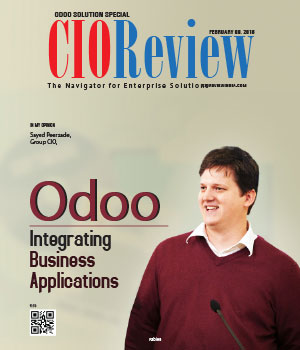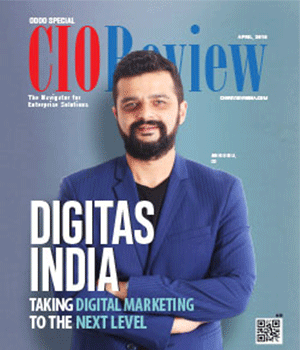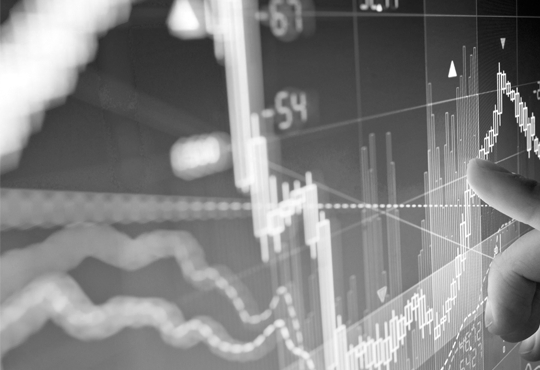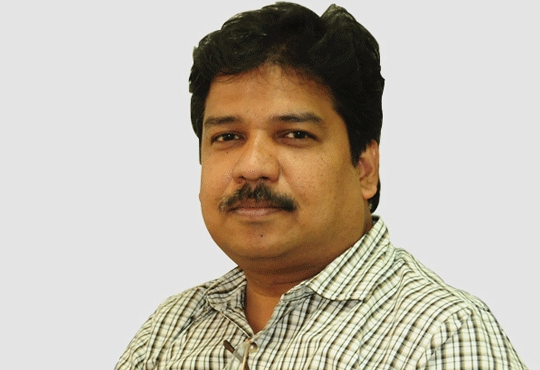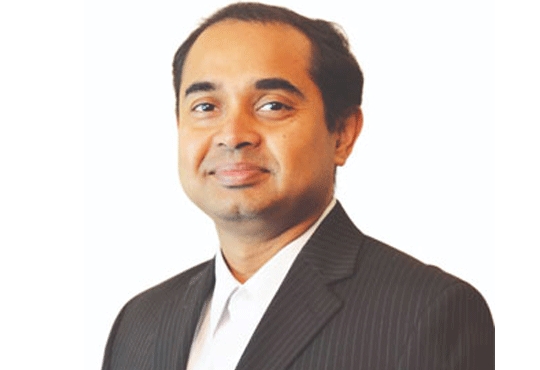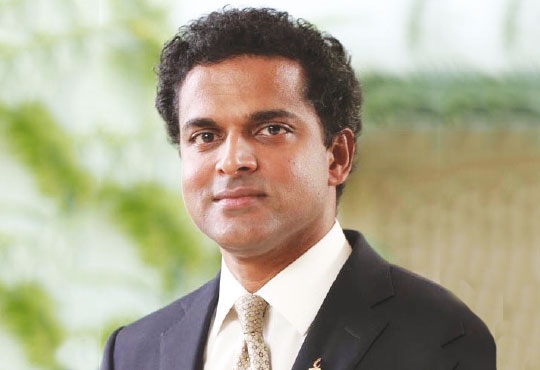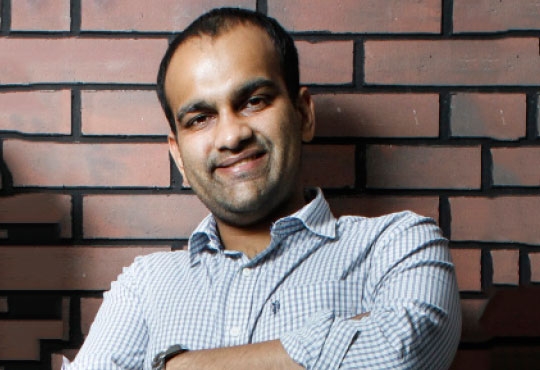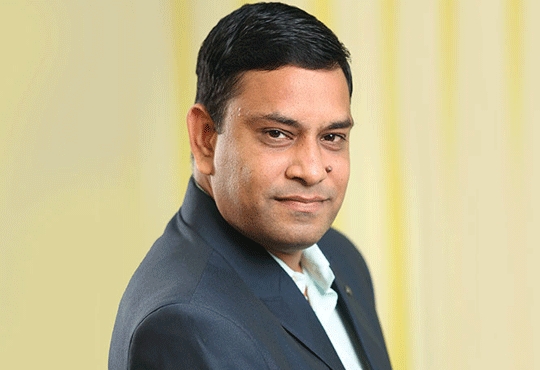
Get To Know Your Assets Better With Next Generation Technologies
Amit Mondal, VP, PowerSchool Group LLC | Monday, 22 April 2019, 07:01 IST
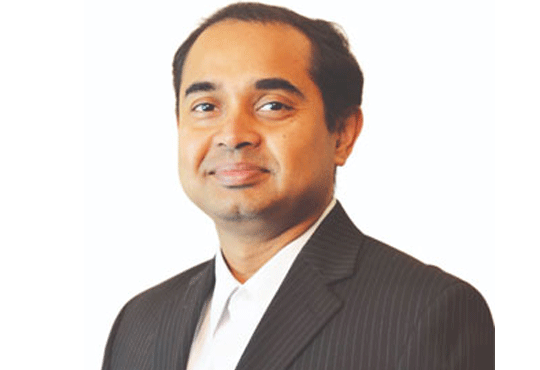 Assets are the lifeblood of asset intensive industries such as energy and utilities, transportation, mining, nuclear and manufacturing. Fixed cost investments are worth millions of dollars and organizations work feverishly to drive returns from these investments. Some assets are difficult to track and maintain because of access, safety, hazard and security and pose huge regulatory and safety burdens. Hence organizations make huge investments to track and know their assets with the objective of improving asset life, better uptime, reduced safety and compliance risks and improved return on assets. "Enterprise Asset Management" (EAM) is a fast growing market that's expected to grow from $3.44 billion to $6.05 billion, at a CAGR of 11.9 percent from 2017-2022, with a big part of the investment routed in collecting and analyzing asset data that will help organizations optimize asset performance and reduce operational and maintenance costs.
Assets are the lifeblood of asset intensive industries such as energy and utilities, transportation, mining, nuclear and manufacturing. Fixed cost investments are worth millions of dollars and organizations work feverishly to drive returns from these investments. Some assets are difficult to track and maintain because of access, safety, hazard and security and pose huge regulatory and safety burdens. Hence organizations make huge investments to track and know their assets with the objective of improving asset life, better uptime, reduced safety and compliance risks and improved return on assets. "Enterprise Asset Management" (EAM) is a fast growing market that's expected to grow from $3.44 billion to $6.05 billion, at a CAGR of 11.9 percent from 2017-2022, with a big part of the investment routed in collecting and analyzing asset data that will help organizations optimize asset performance and reduce operational and maintenance costs.
Preventive and predictive maintenance programs optimize the relationship between asset ownership and operating profits by balancing the cost of maintenance with the cost of failure and associated operating losses. However, organizations may need to go a step beyond traditional preventive and predictive maintenance. The need for operations, service, and maintenance teams to interact with remote specialists, using communications and collaboration tools, to collect real time information about assets and perform just in time maintenance is pushing asset intensive organizations to adopt collaborative maintenance. Collaborative maintenance will force organizations to dig deep into their knowledge of assets and work collaboratively across multiple parts of supply chain in a bid to cut down downtime and improve operational efficiency. Contemporary technologies drive asset discovery and information capture
"The success of EAM system is driven by changes in processes and procedures that accompany the associated technology"
Drones have started playing a big role in inspecting and monitoring assets, especially assets that are commissioned in remote locations and are difficult to access. Frequent inspection data and asset images from drones will enable organizations detect asset problems. With artificial based intelligence driving image based recognition, these images can help drive automated work orders and enable organizations to plan processes that will heal assets without impacting productivity and organizational efficiency.
Airports and retail have started experimenting indoor positioning systems that enable organizations to derive asset location within the context of an indoor map and help drive automated asset count and better asset utilization. Some organizations leverage crowd sourced blueprint of buildings and use smart algorithms to detect map changes that enable assets to self-learn and self-heal based on conditions.
Knowledge of asset location, its characteristics, usage, environment where its commissioned and other asset attributes determine how assets perform. Organizations strive to capture information about asset attributes and their changes over time, information that will help them understand the health of assets. Internet of things and sensors is making it easier for organizations to monitor assets remotely and capture operational, health and maintenance information real time and store that information in the cloud. While exception based dashboards are able to flag and predict asset failures, several organizations have started using deep learning to build asset failure patterns based on asset operational characteristics. These efforts enable organizations to build asset profiles and analyze failure risks that may impact operations. Artificial intelligence based intelligent reliability centered maintenance (RCM) reduces the skill requirement of RCM analysts, shortens the development period of RCM program, and enhances the cost-effectiveness of RCM process driving better outcomes from EAM systems.
Safety, environmental and health regulations play a crucial part in asset tracking and maintenance especially for assets that are in hazardous areas. Virtual reality offers great promise as maintenance technicians have the ability to simulate inspections, train with visual models and assess competency in a virtual classroom and be better prepared for their job. More training content will be generated with the time that will enable organizations to know their assets better and devise personalized maintenance strategies based on asset age, condition and environment.
Human intervention can accentuate value from asset data
The success of EAM system is driven by changes in processes and procedures that accompany the associated technology. Stakeholder buys in and process governance is key to enforce behavioral changes that are needed to enforce data quality. How humans implement and use the technology will play a key part in determining the amount and quality of asset information that will be captured and subsequent ROI that organizations can extract from the data.
What’s ahead
Within a decade, more advanced technologies such as conversational user interfaces may become mainstream and will probably take mobile EAM solutions to a different level. Maintenance and field service technicians may use voice to find solutions to key asset problems and maintain work orders and parts. Machine learning models for assets will enable machines to converse with human beings and have machines express problems before they happen. Analysis of asset data and maintenance history will help organizations understand the characteristics and risk profile of assets and help organizations understand why certain assets perform better than others. Assets will no longer be just another asset ID but will assume a character that organizations can manage to optimize performance and drive improved ROI from investment.
CIO Viewpoint
By Sanjeev Jain, CIO, Integreon
The Role Of Technology In Mutual Fund Industry
By Srinivas Jain, Executive Director & Chief Marketing Officer, SBI
By Abel Correa, Head of IT - Strategy and Project Governance, Arvind Lifestyle Brands Limited
CXO Insights
Get To Know Your Assets Better With Next...
By Amit Mondal, VP, PowerSchool Group LLC
Unlocking Customer Centricity Within, Is Easier...
By V Viswanand, Senior Director & COO at Max Life Insurance Co. Ltd
Predictions 2018: Areas In Which AI And Machine...


